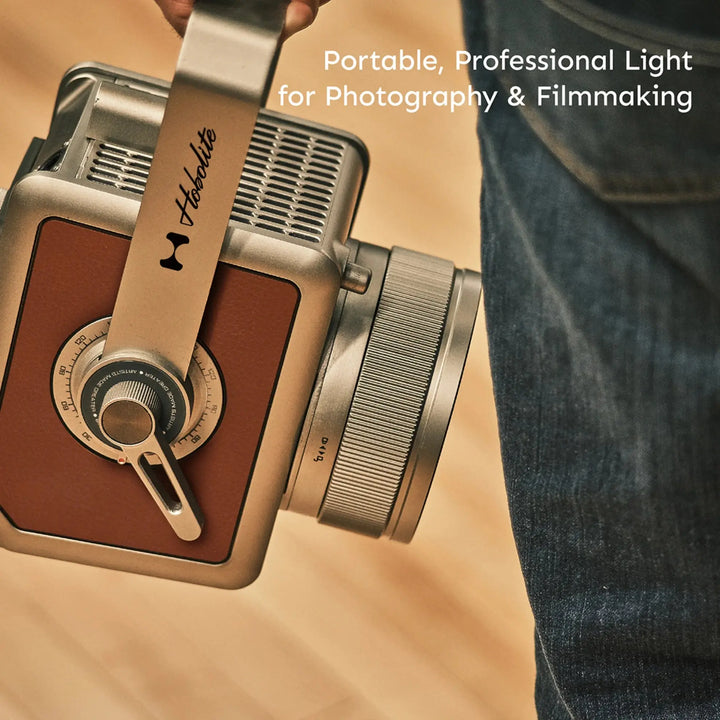Unlock the Secrets of Studio Lighting: Transform Your Photography Game!
In the world of photography, lighting is often the unsung hero that can make or break an image. Studio lighting plays a crucial role in defining the mood, depth, and clarity of photographs. Whether you're capturing a stunning portrait, a dynamic product shot, or an artistic still life, the right lighting can elevate your work to new heights. In this article, we will explore the different types of studio lights available, including continuous lights, strobes, and LED lights. By understanding their unique characteristics and applications, you’ll be equipped to choose the best lighting solutions for your photography needs.

Types of Studio Lights
Studio lights come in various forms, each designed to serve specific purposes and styles of photography. Continuous lights offer a steady beam of light that allows photographers to see how shadows and highlights will appear in real-time. Strobe lights, on the other hand, deliver short bursts of intense light, making them ideal for freezing motion in dynamic scenes. Finally, LED lights have gained popularity for their energy efficiency and versatility. Each type has its own unique benefits and is suitable for different photography styles, from portraiture to product photography.
Continuous Lights
Continuous lights are a favorite among photographers who value the ability to see how light interacts with their subjects. These lights shine constantly, allowing for real-time adjustments and creative experimentation. They are particularly beneficial during video production, where consistent lighting is essential. Personal experiences shared by a friend who produces online tutorials revealed how continuous lights simplified their workflow, providing reliable illumination while filming. For product photography, continuous lights excel as they enable the photographer to adjust the light's angle and intensity to achieve the perfect shot. Whether using softboxes or umbrella setups, continuous lights are a versatile choice for various photographic applications.
Strobe Lights
Strobe lights are known for their power and versatility, making them a staple in portrait and commercial photography. These lights emit a powerful flash, allowing photographers to freeze motion and capture sharp, vibrant images. A friend of mine, a wedding photographer, often relies on strobes during receptions. They provide the punch needed to illuminate scenes filled with movement and excitement, ensuring no moment is missed. When using strobes, positioning is key. Placing the light at different angles can create dramatic effects, enhancing the overall composition. Additionally, using softboxes or diffusers can soften the light, preventing harsh shadows and creating a more flattering appearance for subjects.
LED Lights
LED lights have revolutionized studio lighting with their energy efficiency and low heat emission. Unlike traditional lights, LEDs remain cool to the touch, making them comfortable to work with over extended periods. This quality is particularly advantageous during long photo shoots or video recordings. A colleague who specializes in fashion photography shared how LED lights have become integral to her setup, allowing her to work seamlessly without worrying about overheating equipment. Moreover, their adjustable color temperature makes them suitable for various photography genres, from product shots to portraits. As the demand for eco-friendly solutions grows, LED lights continue to gain traction in studios around the world.
Lighting Techniques
Understanding lighting techniques is essential for maximizing the potential of your studio lights. Techniques such as three-point lighting, soft lighting, and the distinction between high-key and low-key lighting can dramatically affect the outcome of your photographs. Mastering these methods allows photographers to create depth, enhance textures, and evoke emotions in their images. By incorporating these techniques into your practice, you can elevate your photographic storytelling.
Three-Point Lighting
The three-point lighting setup is a foundational technique in photography that involves three distinct light sources: the key light, fill light, and backlight. The key light is the primary source, shaping the subject's features and creating depth. The fill light softens shadows created by the key light, striking a balance between light and dark areas. Lastly, the backlight adds a rim effect, separating the subject from the background and enhancing dimensionality. A friend who is an aspiring portrait photographer swears by this setup, claiming it gives her images a professional finish. Experimenting with the intensity and positioning of each light can yield unique results, making three-point lighting a versatile choice for various scenarios.
Soft Lighting vs. Hard Lighting
Soft lighting is characterized by gentle, diffused illumination that creates flattering shadows and a smooth appearance on subjects. It’s often achieved using softboxes or diffusers. In contrast, hard lighting produces sharp shadows and strong contrasts, creating a more dramatic effect. Understanding when to use each type of lighting is crucial. For instance, soft lighting is ideal for portrait photography, as it minimizes imperfections and enhances skin tones. Conversely, hard lighting can be effective in fashion or editorial shoots, where bold contrasts are desired. By recognizing the impact of lighting quality, photographers can make informed decisions to achieve their desired artistic vision.
Enhancing Your Photography with Effective Studio Lighting
In conclusion, mastering studio lighting is essential for any photographer looking to enhance their skills and improve the quality of their work. We’ve explored the various types of studio lights, including continuous, strobe, and LED lights, each offering unique advantages and applications. Additionally, understanding key lighting techniques such as three-point lighting and the difference between soft and hard lighting can further refine your photographic style. Remember, experimentation is key—don't hesitate to try different setups and techniques to see what works best for you. With practice and patience, you can unlock the full potential of studio lighting and transform your photography game!








